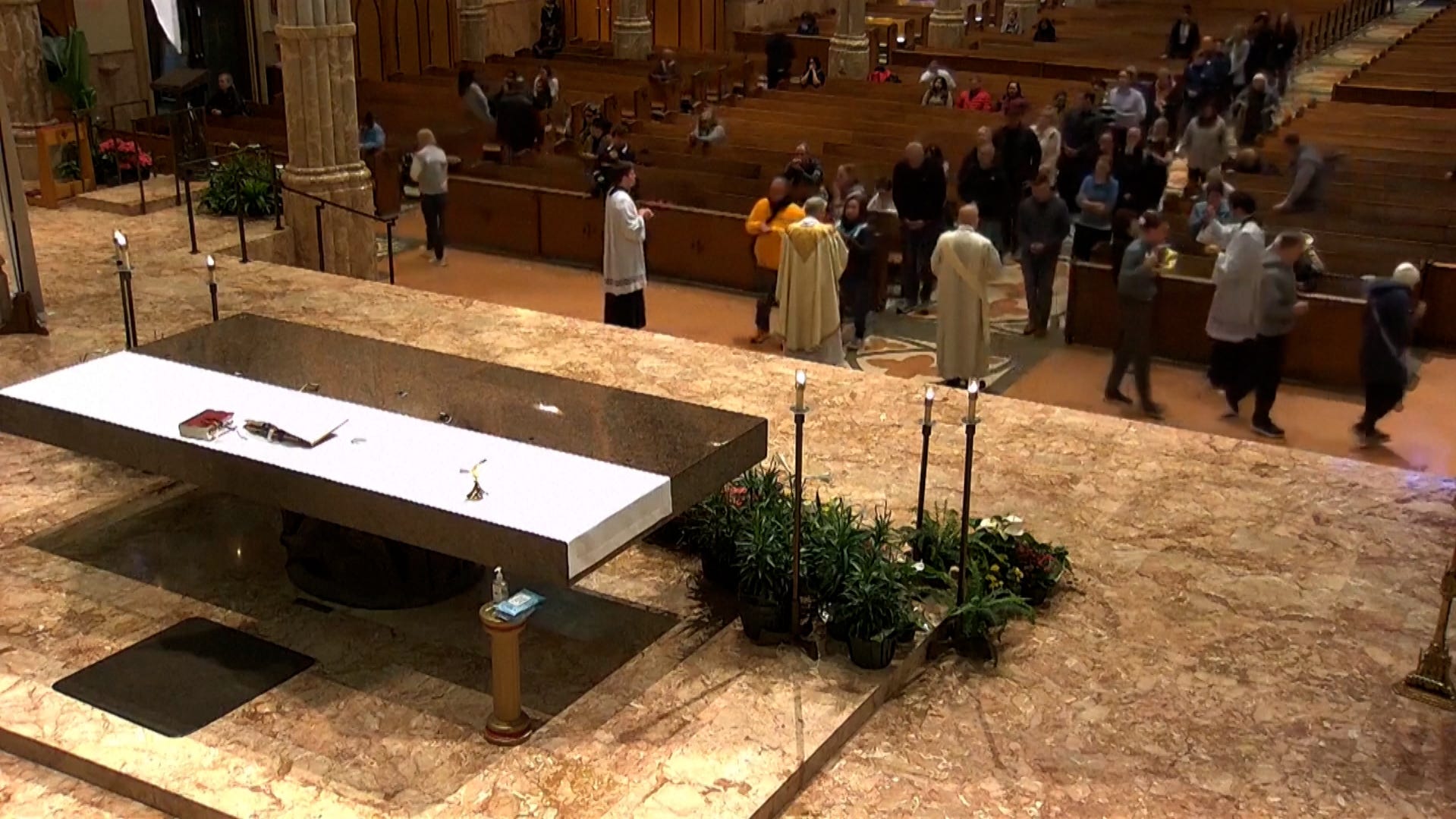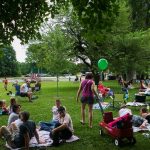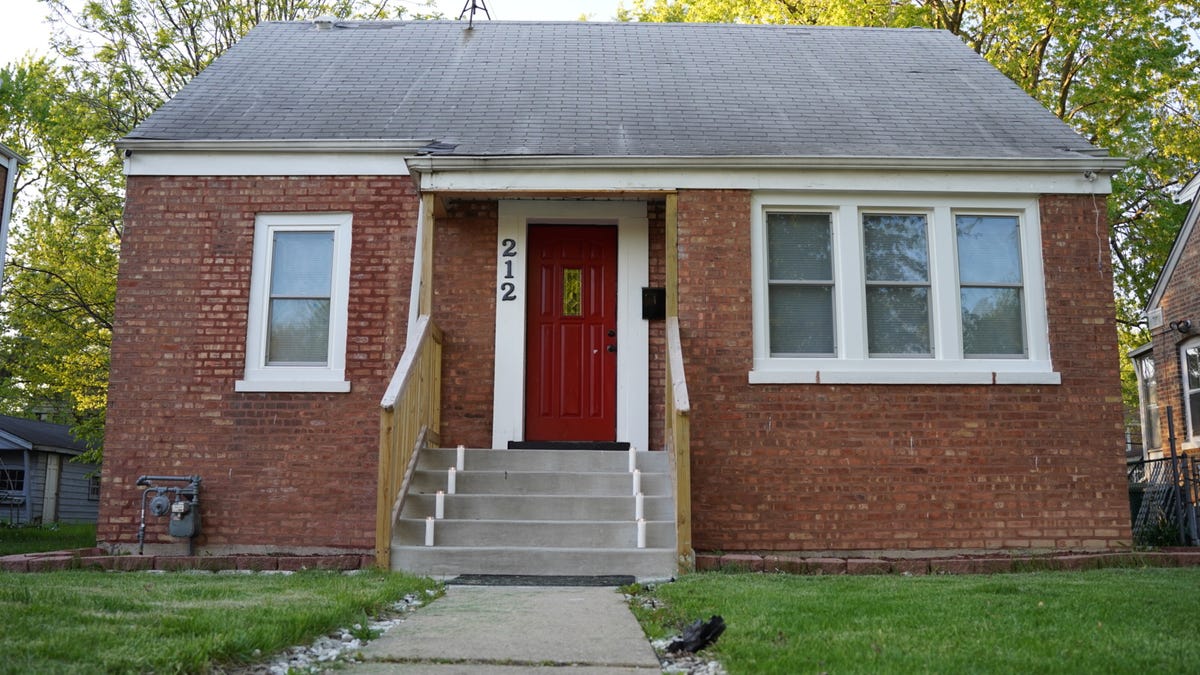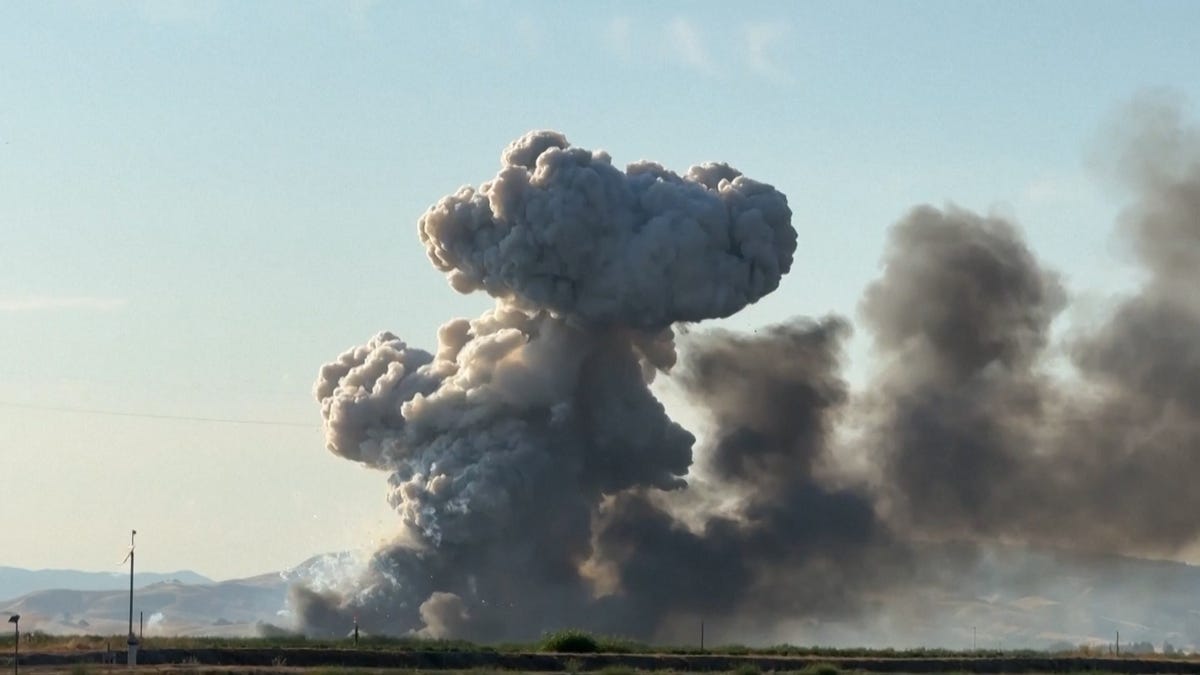Burt Odelson, Dolton’s attorney who orchestrated the deal, told USA TODAY that the owner of the house agreed to sell at an undisclosed price amid threats of Dolton taking the house via eminent domain.

‘One of our own’: Chicago celebrates election of Pope Leo XIV
Chicago residents and leaders with the Archdiocese of Chicago are celebrating the election of a native to the papacy.
DOLTON, IL – The tiny hamlet where Pope Leo XIV was raised landed a miracle on July 1 after a village board approved the purchase of the house where he grew up, a move they hope will spark a revival for the blighted small town.
The Dolton Village Board approved the purchase at a special meeting on July 1, marking a coup for the small town that’s experienced rough decades amid a loss of manufacturing jobs and a previous corrupt mayor. Many thought Dolton didn’t have the money or political will to land the little ranch house where Leo played priest as a young Robert Francis Prevost.
“We can either seize this moment and move forward or let it go to an investor,” said Dolton Mayor Jason House, addressing the crowd at the public meeting. “You cannot cut your way out of a deficit — you have to make sure you have economic opportunities.”
Childhood homes of Leo’s predecessors have also become museums and pilgrimage sites, drawing hundreds of thousands of people. It’s expected that Leo’s house will also become a museum or shrine, USA TODAY previously reported.
People from around the country have already begun treating it as a pilgrimage site. Some began arriving within hours of the announcement that Leo had become pope on May 8.
‘This is a once-in-a-lifetime opportunity’
Dolton’s approval of the purchase also comes as a surprise — the house was in the process of being sold at an auction that was supposed to close July 17, according to the listing.
Village attorney Burt Odelson, who orchestrated the deal, told USA TODAY that the homeowner agreed to sell outside of the auction.
Auctioneer Paramount Realty, a New York-based firm known for selling the childhood home of President Donald Trump for over $2 million, did not immediately respond to USA TODAY’s requests for comment. Homeowner Paweł Radzik did not immediately respond either.
Odelson declined to share the final price but said it was “significantly lower than what they thought they would get.” He said he had secured financing for the purchase and that the paperwork would be completed in about a week.
The prominent Chicago attorney said the owner agreed to sell in response to threats that Dolton would take the house via eminent domain.
Odelson described the coup as a capstone in his decades-long career.
“Even for me, who’s done a lot and seen a lot, this is a once-in-a-lifetime opportunity,” said the South Side Chicago native. “I’ve dealt with presidents, senators, mayors, but there’s always another one. Not for this— he’s the only American pope.”
Residents raise doubts over the project
Several Dolton residents at the meeting raised doubts over the village’s plan to buy Leo’s home.
Dolton has experienced several rough decades amid a loss of manufacturing jobs. The village recently became a symbol of dysfunction under a previous mayor who ran the city into over $3.5 million in debt.
“Purchasing the pope’s residence is admirable, but with the state we’re in right now, do we have the money? And even if we do, there’s something called upkeep,” said Dolton resident Mary Avent. “In my opinion, a house is a pimp because it demands money every day.”
Other residents raised issues with financing basic city infrastructure, including the sewers, storefronts, and roads.
“We need to be mindful of the issues the city has,” said the Rev. Ryan Reese, another resident. “You have a difficult situation finding out the finances of the community… You’re basically driving over gravel right now.”
Could Leo’s house save Dolton?
Dolton board members say Leo’s house is already sparking a revival for the small town.
“If you ever see the traffic over there, the constant busloads in and out of our town, this is a great opportunity for us,” said Trustee Edward Steave. “This is a historical thing.”
Steave said village leaders were well aware of the challenges Dolton faces, but added that they could address those as well as turn the house into a destination.
Dolton’s population boomed around the time Leo lived there. The village grew from 5,000 people in 1950 – the year after Leo’s parents bought the family home – to 19,000 in 1960, according to census data.
Chicago and Northwest Indiana formed an industrial hub then, with plentiful factory jobs from the steel mills behind the buildings that make up the city’s iconic skyline, to car factories assembling the Fords cruising along Lake Shore Drive.
But many factories closed in the 1980s. The average household income in 1980 was $27,000, or $107,000 in 2025 dollars, the Chicago Tribune reported. The average income today is under $30,000, according to census data.
About a fifth of Dolton’s population lives in poverty, according to census data.
Home of Pope John Paul II was a godsend for small town
Wadowice, the town of around 17,500 in Poland where Pope John Paul II was raised, has benefited massively, according to Piotr Polak, a guide at the museum in John Paul’s childhood home.
“There are at least a dozen of Wadowice-like towns in southern Poland,” Polak told USA TODAY from Poland. “None of them is visited by hundreds of thousands of tourists from around the globe.”
Polak said the museum in the tenement where then-Karol Wojtyła grew up opened in 1984. Around 200,000 people visit the museum annually, according to Polak.
“Without the figure of JP2, there would be next to no one from outside the local region here,” said the guide. “One of the biggest blessings the town has is the fact that Karol Wojtyła had spent the first 18 years of his life here.”
The house where Leo played priest
The house where Leo grew up with his two brothers is a squat brick home on a leafy suburban block. It looks like countless others that went up across the nation in the postwar era.
Leo’s parents brought him home to the unassuming house after he was born on Chicago’s South Side in 1955. They bought it when it was completed in 1949 and held onto it until 1996, according to Cook County property records. Leo lived there until moving away for high school to a seminary school in Michigan.
Radzik bought the 1,050 square-foot house for $66,000 in 2024, according to Cook County property records. He updated the interior so it no longer looks like it did when Leo lived there with his two brothers. Radzik had planned to sell the house for $219,000, but took the property off the market within days of Leo becoming pope.
Village leaders acknowledge the task of turning the updated home into a papal destination is daunting. But they expect hundreds of thousands of people to visit annually, and hope it changes the area for the better.
“If you go to the area and you see the people coming from the different states and the world to see the pope’s house, it’s exciting,” said Trustee Tammie Brown. “If the people in that neighborhood see the things that we’re trying to do, that would encourage them to do things also.”







